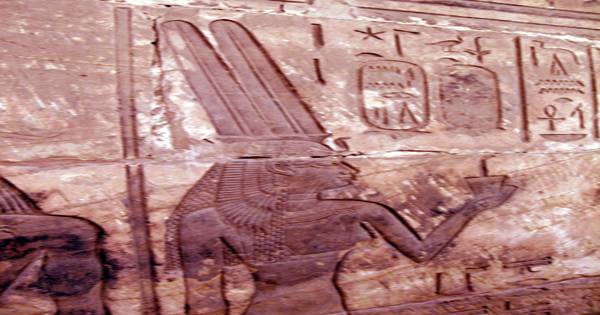There are fun ways to discover and believe the impossible stories about the gold of humanity, from cities built entirely to roads paved by metal. So skepticism about the authentic story of “empty dinars” continued from Mali to historians has not only denied the incredible belief that African technology is better than Europe, although it may be a factor.
Sometimes stories that look too good to be true are actually seen as real. West Africa’s eleventh-century free pure gold coin accounts were discarded as an exaggeration by modern historians. However, when evidence was found in 2014 to support the stories, scientists have reconstructed their purification method and shown that it works without the use of civilizations other than dangerous mercury.
When Dr. Sam Nixon, an archaeologist at the University of East Anglia, found a gold-plated glass slag crucible and coin mold in Tadmekka, Mali wondered if there was anything in these stories. Together with Professor Thilo Rehren, an expert in ancient technology, Nixon published a paper in the Journal of Archaeological Sciences on how Tadmekkans heated gold, sand, and glass to “separate gold particles from mineral pollution. by melting?” Gold and floating mineral particles melt into a light sludge. “Thus, they achieved purity.
“The technique of percolating raw materials with molten glass has never been seen before. It is unique to the archaeological record. Elsewhere, the earliest record of a similar technique comes from the 1904 Australian Gold panner. Dr. Marc Walton of Northwestern University has now tested the proposed method of Nixon and Rehren and has seen it work. “These medieval Africans, in combination with the Sahara trade route, were sophisticated in their use of the materials available,” Walton said in a statement.
The Tadmekkan method of refining gold did not rely on any specific local characteristics. Perhaps they used sand from the Sahara, the southern boundary of which borders the city, but Walton took it to the shores of Lake Michigan.
When they discovered how valuable their new business partners were to the metal, which they had previously used for decorative purposes, they took advantage of the rich mines located in a few of their regions. West African civilization did not use gold as a currency until it came in contact with Arab traders, and glass beads were their closest equivalent.
It seems that the Tadmekkans worked faster on how to refine gold with greater purity than what civilization has been using for centuries as a means of exchange. Nixon Tadmekkan also found the first evidence of African production of crucified steel in metal-compositions, revealing their inventions in metallurgy, including slabs of copper sludge, that were not confined to gold.
















